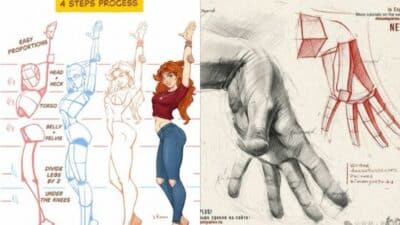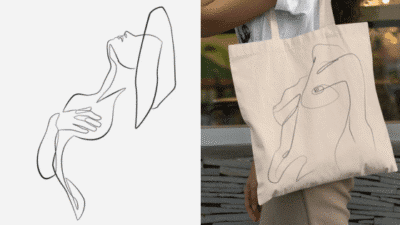Ever tried to draw a male torso, only to have it come out looking like a rigid mannequin rather than a living, breathing human? You’re not alone. It’s a common hurdle for many artists, whether you’re a seasoned pro or just starting your artistic journey. While classic heroic poses with bulging muscles are fun, the real magic often happens in the subtle nuances of casual, everyday stances. These are the moments that truly bring a character to life, telling a story without a single word. But where do you even begin to find good references for those relaxed, natural postures that make your art sing?
Forget the meticulously sculpted Greek statues for a moment. We’re diving into the world of candid comfort, dynamic relaxation, and the unposed reality that makes figures believable. Drawing the male torso isn’t just about anatomical accuracy; it’s about capturing the essence of movement, weight, and personality. And to do that effectively, you need a treasure trove of go-to casual references. This guide will walk you through understanding the fundamentals, discovering where to find the best real-world inspiration, and how to translate those observations into compelling art. Let’s loosen up those wrists and get started!
Understanding the Basics: Anatomy Isn’t Just for Doctors
Before we dive into references, let’s get one thing straight: you don’t need a medical degree to draw a believable torso. What you do need is a fundamental understanding of what’s happening under the skin. Think of it less as memorizing every single muscle name and more about grasping the major forms, how they connect, and how they shift with movement. This foundational knowledge is your superpower, allowing you to interpret and even invent poses when a perfect reference isn’t available.
The Core Structure: Rib Cage and Pelvis
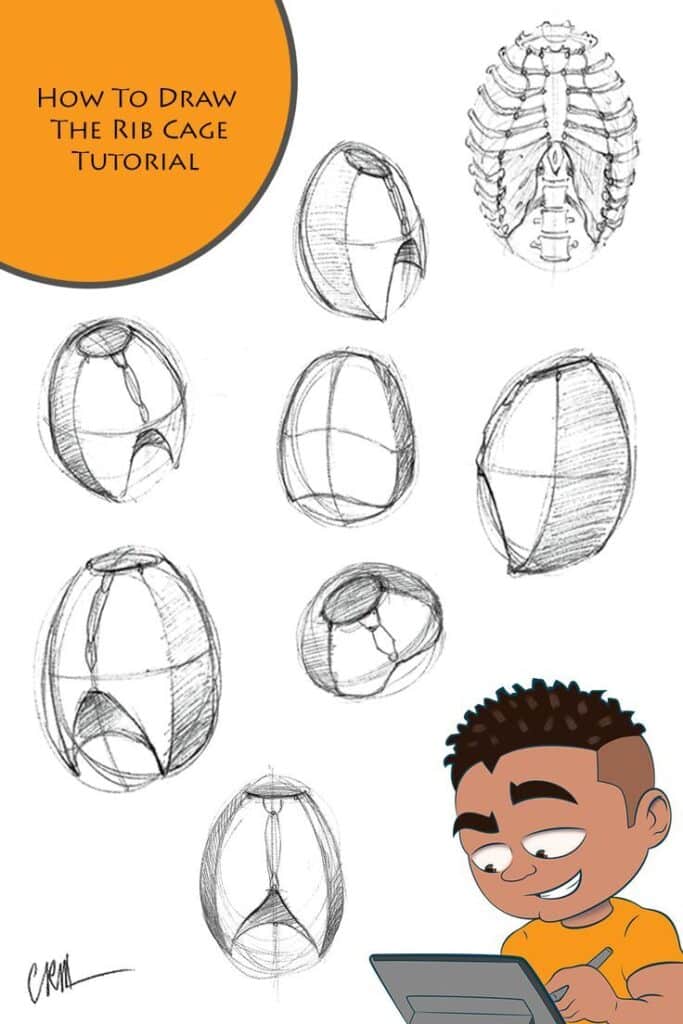
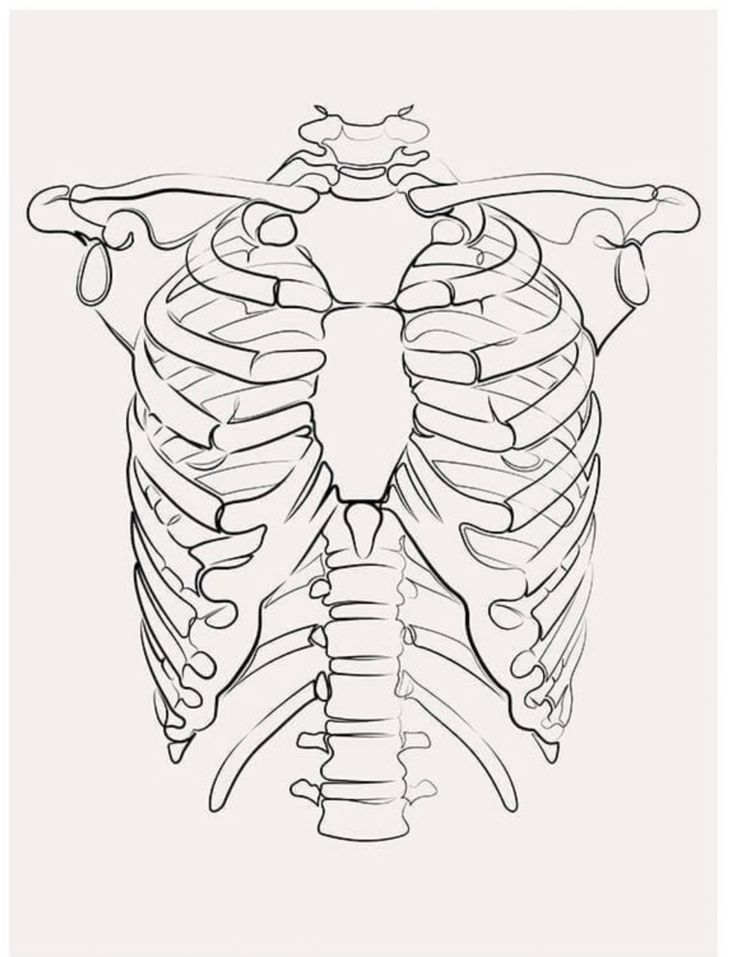
At the heart of the torso are two major bony landmarks: the rib cage and the pelvis. These aren’t static boxes; they’re dynamic forms that twist, tilt, and flex.
- The Rib Cage: Picture it as an egg-shaped form. It houses the lungs and heart, connecting to the spine at the back and the sternum (breastbone) at the front. Understanding its volume helps you correctly place the pectorals and the serratus anterior muscles (those finger-like muscles on the side).
- The Pelvis: This is like a bowl or a pair of wings. It connects the spine to the legs and is crucial for understanding how the lower body supports the upper. The top edge of the pelvis (iliac crest) is a major landmark, often visible or subtly implied, defining the waistline and the origin points of many abdominal and oblique muscles.
These two structures move relatively independently. When someone bends forward, the rib cage tilts down towards the pelvis. When they twist, one corner of the rib cage moves away from the opposite corner of the pelvis. Mastering this “beanbag” principle – two main masses connected by a flexible mid-section – is game-changing. It allows you to create dynamic, twisting poses instead of stiff, blocky ones.
Key Muscle Groups in Action
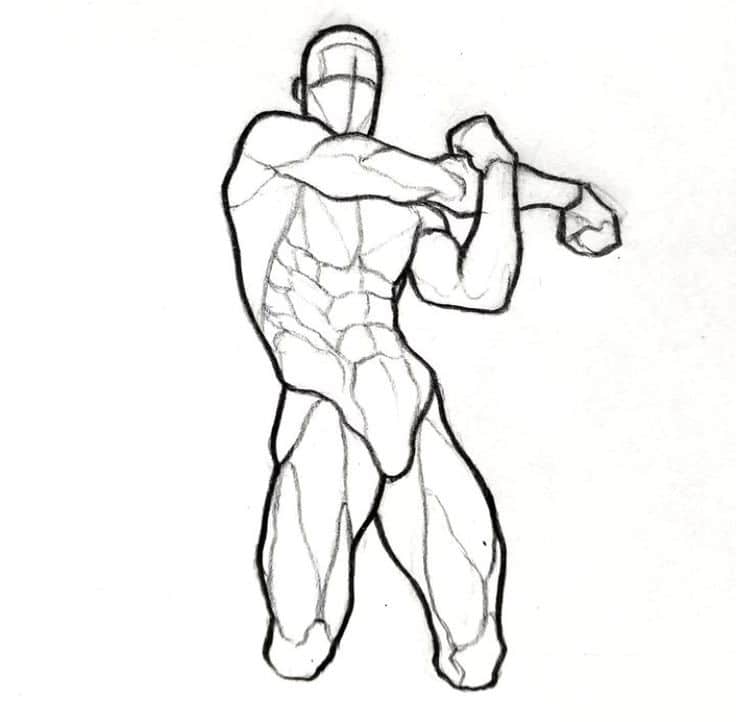
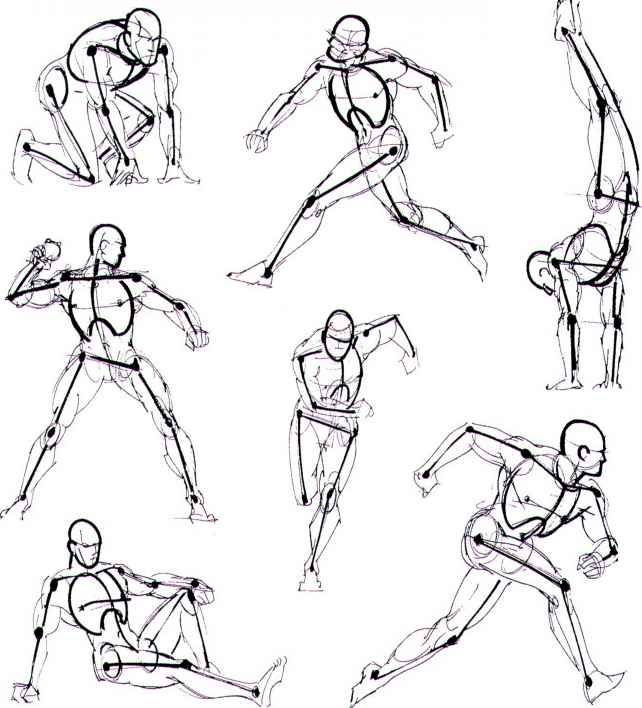
While we’re focusing on casual references, a brief look at the major muscle groups helps you understand why certain forms appear.
- Pectorals (Pecs): These large chest muscles fan out from the sternum to the upper arm. In a relaxed pose, they might appear soft, but you’ll still see their general mass.
- Abdominals (Abs) and Obliques: The “six-pack” muscles run vertically, while the obliques are on the sides, creating that V-shape towards the hips. In casual stances, they’re rarely flexed and defined; instead, they appear as a smoother, rounded form, sometimes with subtle creases or rolls depending on the pose and body type.
- Latissimus Dorsi (Lats): These broad back muscles give the male torso its width, sweeping from the lower back up into the armpit. They’re often most visible when the arms are raised or spread.
- Trapezius (Traps): These powerful muscles run from the base of the skull, across the shoulders, and down the upper back, influencing the neck and shoulder line.
- Deltoids (Shoulders): These cap the shoulder joint, connecting the torso to the arms. Their rounded form is vital for natural-looking shoulders.
The trick with casual poses is to suggest these muscle groups rather than outline them. Think about how they interact with each other and with gravity, creating subtle bumps, dips, and transitions in the skin, rather than drawing every single fiber. It’s about volume and flow, not just anatomical charts.
The Power of Poses: Why Casual Matters
When most people think of drawing figures, they often picture dynamic action poses or highly stylized, muscular forms. But the true art often lies in capturing the quiet moments, the unposed reality that breathes life into your characters. Casual poses are essential for any artist who wants their figures to feel real and relatable.
Beyond the Heroic Stance
Heroic stances are fantastic for conveying power and drama. They’re all about tension, flexed muscles, and grand gestures. However, relying solely on these can make your art feel stiff and artificial when the context doesn’t call for it. How often do people genuinely stand around like superheroes? Not very often!
Casual poses, on the other hand, convey:
- Relatability: They show characters as ordinary people, making them more approachable and easier for viewers to connect with.
- Authenticity: Real people slouch, lean, cross their arms awkwardly, and shift their weight. These imperfections are what make figures believable.
- Storytelling: A relaxed posture can tell you a lot about a character’s mood, personality, and even their environment. Are they bored? Contemplative? Comfortable? Exhausted?
Capturing Everyday Movement
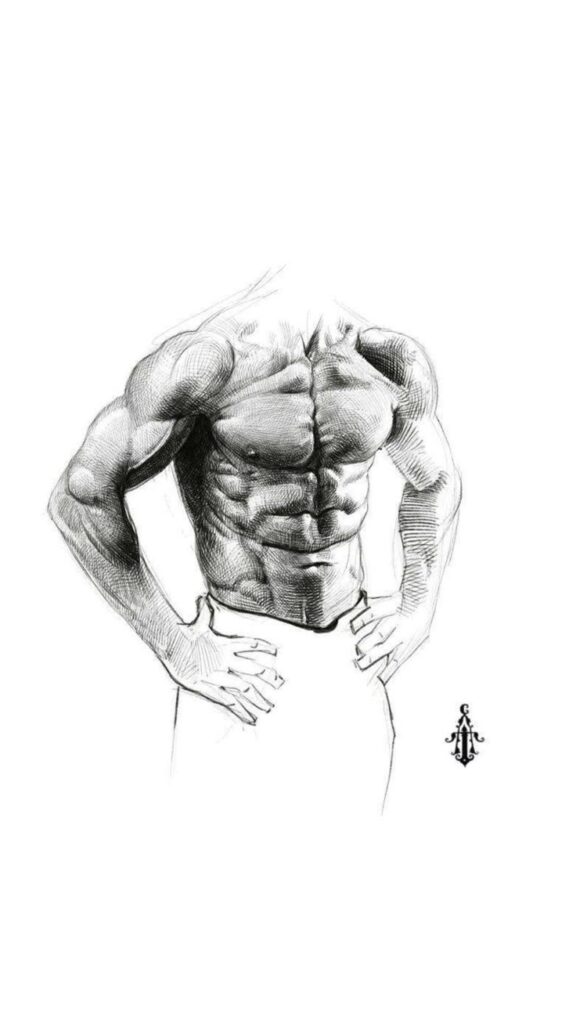
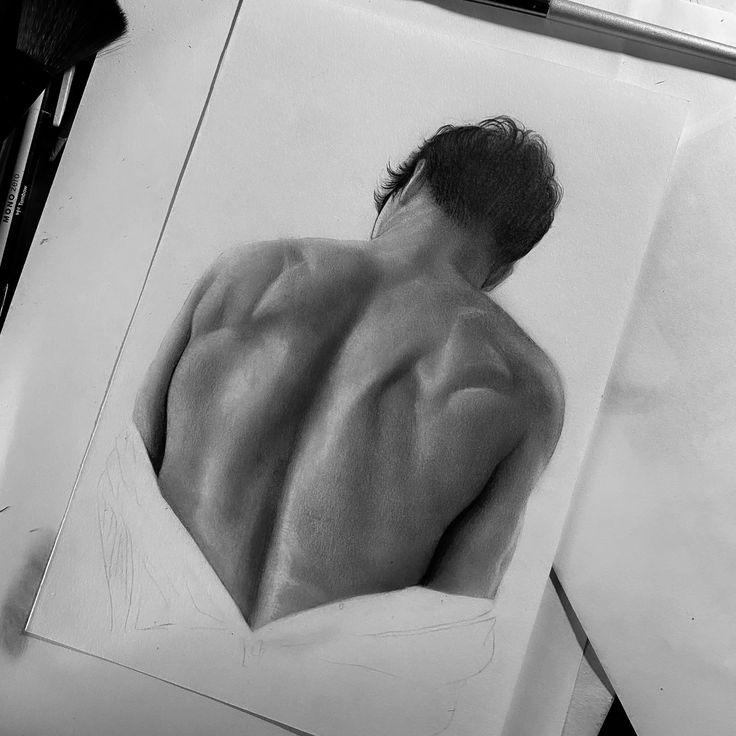
Everyday movement is rarely about peak action. It’s about the subtle shifts: the way someone leans against a wall, sits on a couch, stretches after a long day, or casually puts their hands in their pockets. These movements are often driven by comfort, gravity, and habit.
Think about the difference between:
- A male model flexing for a photoshoot (strained, deliberate).
- A man casually reaching for a coffee cup (fluid, unthinking).
- A bodybuilder posing on stage (maximum definition).
- A guy relaxing on the sofa, engrossed in his phone (slouched, natural folds).
It’s in these “in-between” moments that your drawing skills truly get tested. You need to observe how the body relaxes, how gravity pulls on flesh and clothing, and how the weight shifts to create balance without conscious effort. This is where your reference library becomes invaluable.
Finding Your Go-To Casual References
Okay, so we know why casual references are important. Now, let’s talk about where to find them. The good news is, they’re everywhere! You just need to train your eye to see them. And if you’re struggling to get started or feel a creative block, remember that finding drawing inspiration and unleashing your creative process is an ongoing journey.
Real Life is Your Best Teacher
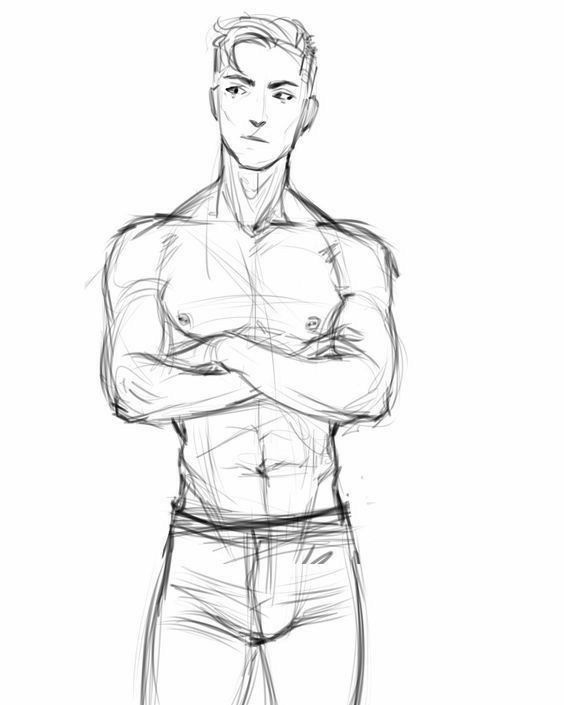
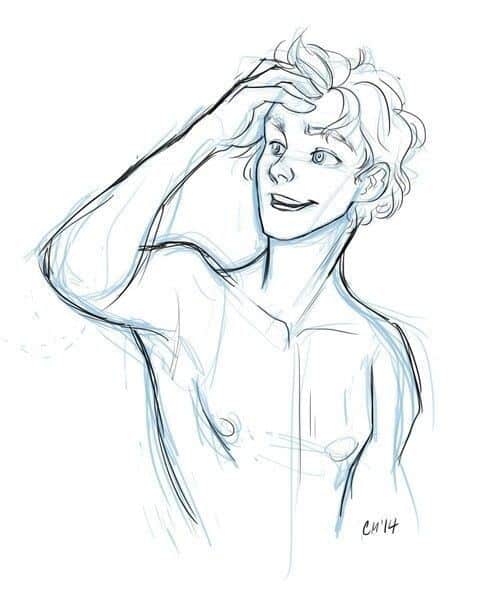
Nothing beats direct observation. Your eyes are the best cameras, and your brain is the best processing unit.
- People Watching: This is an invaluable, free resource. Head to a coffee shop, a park, a busy street, a library, or even a grocery store. Watch how people stand, sit, interact, and carry themselves when they’re not aware of being watched. Sketch quickly in a small notebook, focusing on the overall gesture and weight. Don’t worry about perfection; aim for capturing the essence.
- Friends and Family: Ask someone to pose for you casually. Have them sit, lean, or stand naturally while doing everyday activities. This is particularly useful because you can control the lighting and angle. Explain that you’re looking for natural, unposed looks.
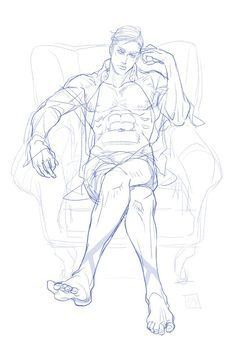
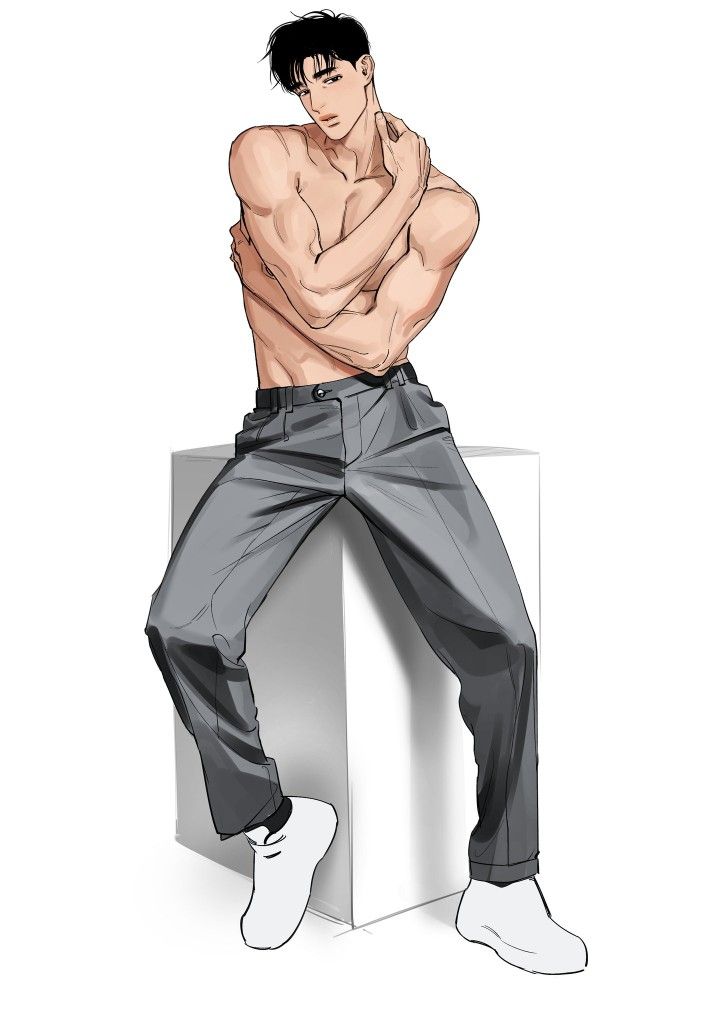
Photography: Your Personal Pose Library
Photography offers a static moment in time that you can study at your leisure.
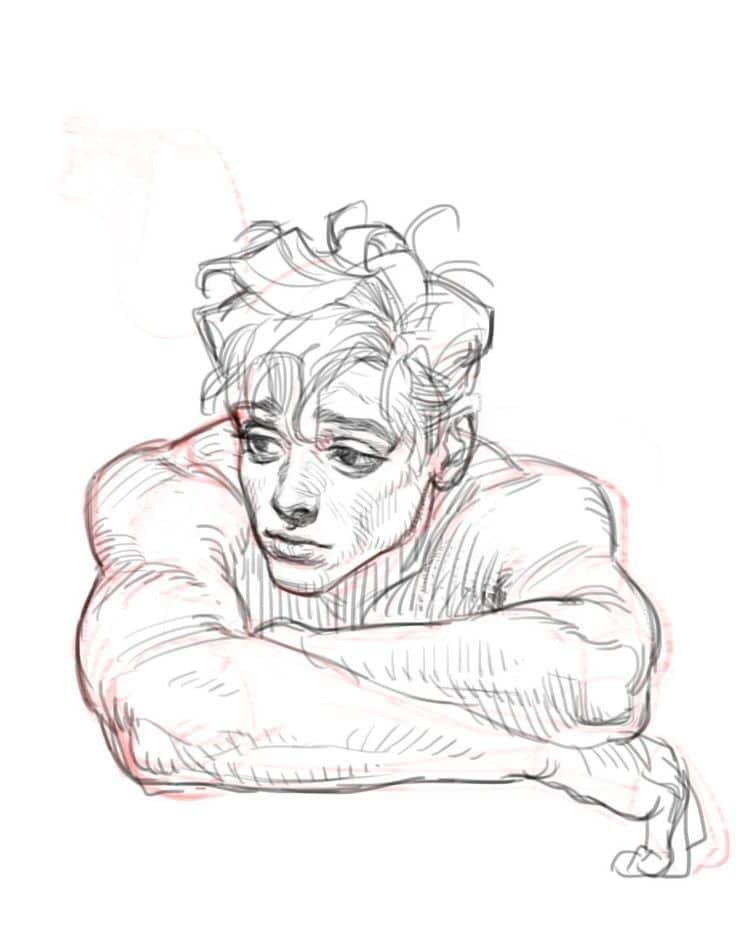
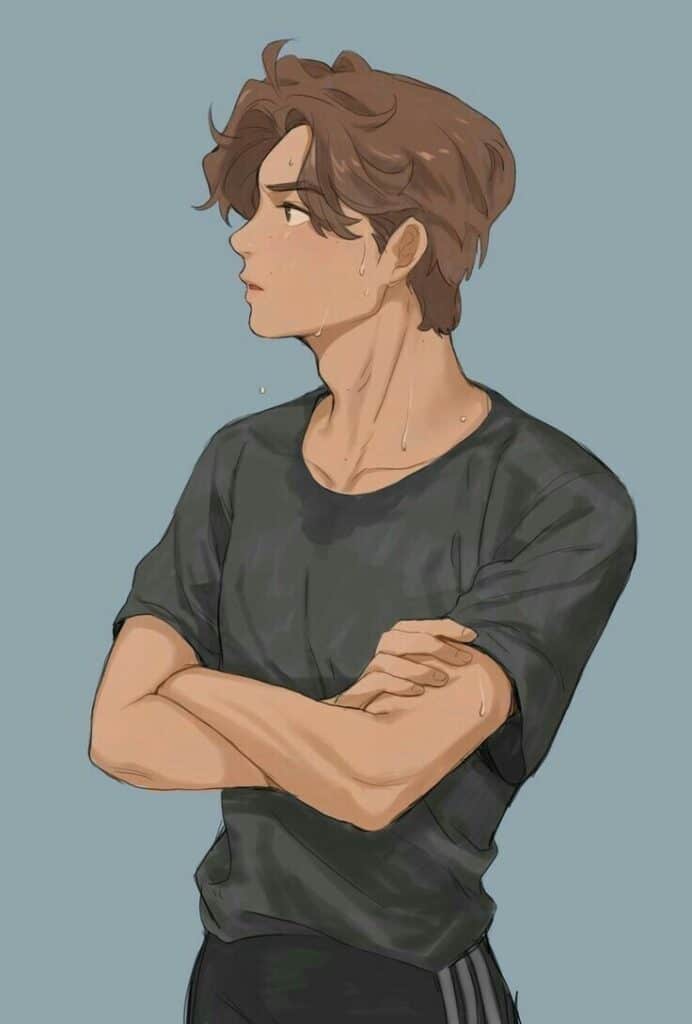
- Taking Your Own Photos: Don’t be shy! If you have a trusted friend, ask them to model for you. Or, better yet, use a timer and model yourself! Grab a camera or your phone, set it up, and experiment with different casual stances in various clothes. What does it look like when you lean against a wall? Sit cross-legged? Reach for something on a shelf? These self-references are gold because they match your specific artistic needs.
- Stock Photos and Online Libraries: The internet is a vast resource. Search terms like “casual male poses,” “men sitting,” “men leaning,” “everyday life men,” or “natural male model.” Look for images that aren’t overly posed or glamorous. Websites like Unsplash, Pexels, and Pixabay offer free, high-quality images. You can also explore specific pose databases designed for artists. Don’t forget, when you’re looking to enhance your general artistic skill, learning how to find inspiration for drawing can drastically improve your output.
- Fashion and Lifestyle Photography: Many brands use models in natural, relaxed settings to sell their products. Look through catalogs, magazines, and online stores. While some of it will be stylized, you’ll find plenty of examples of men standing, sitting, and interacting in casual ways.
- Street Photography: Professional street photographers capture raw, unposed moments. Browse online galleries or photo books from famous street photographers; their work is a masterclass in human gesture.
Beyond the Outline: Adding Depth and Realism
Getting the basic form right is a huge step, but what truly makes a casual male torso drawing convincing is the subtle details that go beyond the initial outline. It’s about understanding how the body interacts with itself, its clothing, and its environment.
The Subtle Art of Weight and Balance
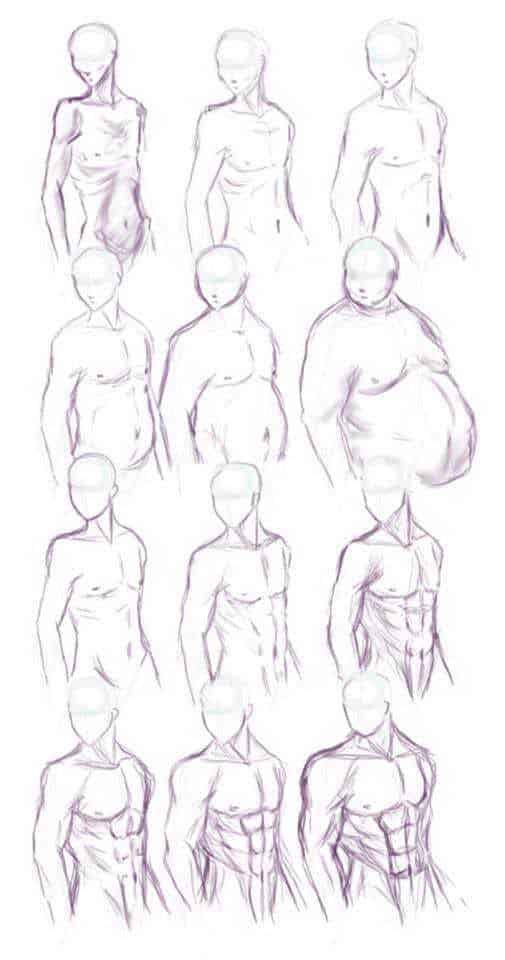
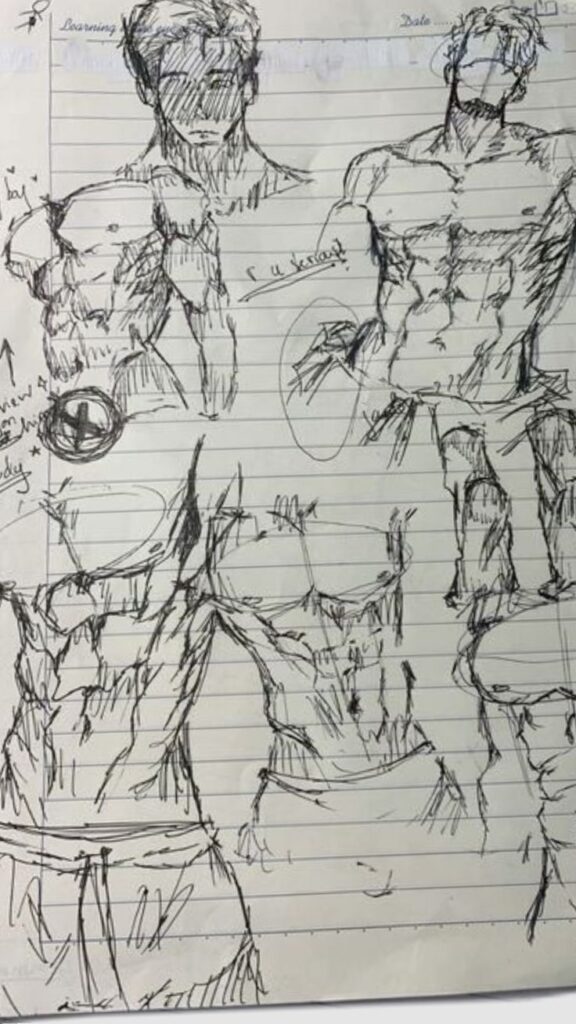
In casual poses, gravity is king. People aren’t usually holding themselves rigidly; they’re letting gravity do some of the work.
- Weight Shift: Pay attention to which leg is bearing weight, or which arm is supporting the body. This will cause the hips and shoulders to tilt, creating a natural contrapposto (a classical art term for a natural, asymmetrical balance).
- Relaxed vs. Tense: A casual pose implies a relaxed state. Muscles won’t be bulging; they’ll be soft. The spine might have a gentle curve rather than being perfectly straight.
- Leaning and Slouching: When someone leans against a wall, their weight is distributed differently. The side leaning will compress, while the opposite side might stretch. When someone slouches, the abdominal area might soften and create subtle rolls or folds. Observe these effects carefully.
Dressing the Torso: Fabric and Form
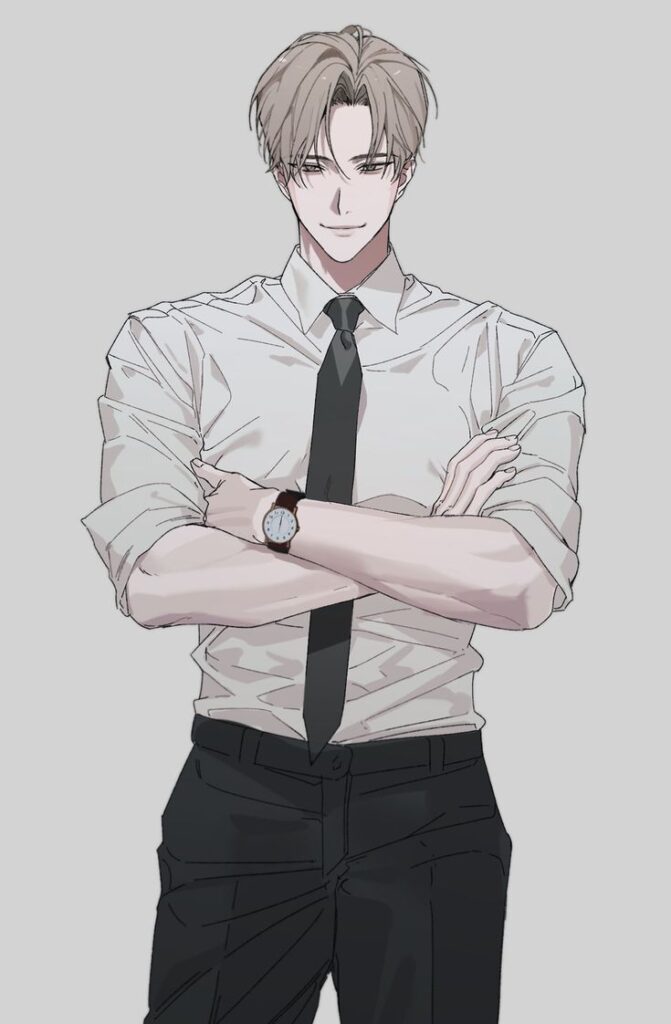
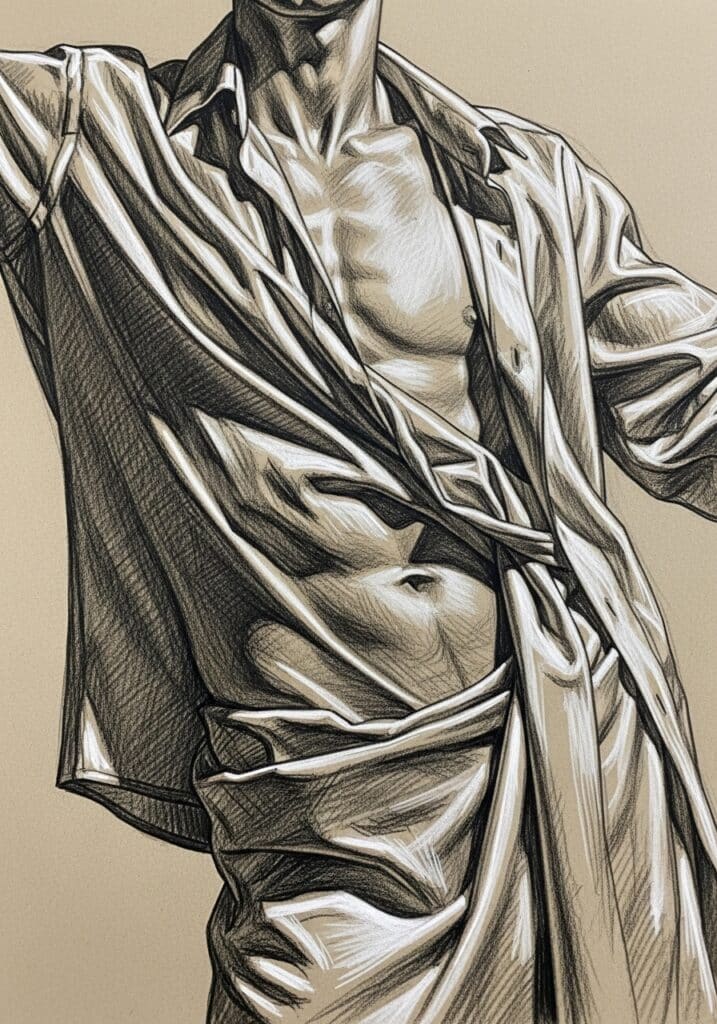
Most casual references will feature clothing, and this is where many artists stumble. Clothing isn’t just an afterthought; it interacts with the body and adds to the realism of the pose.
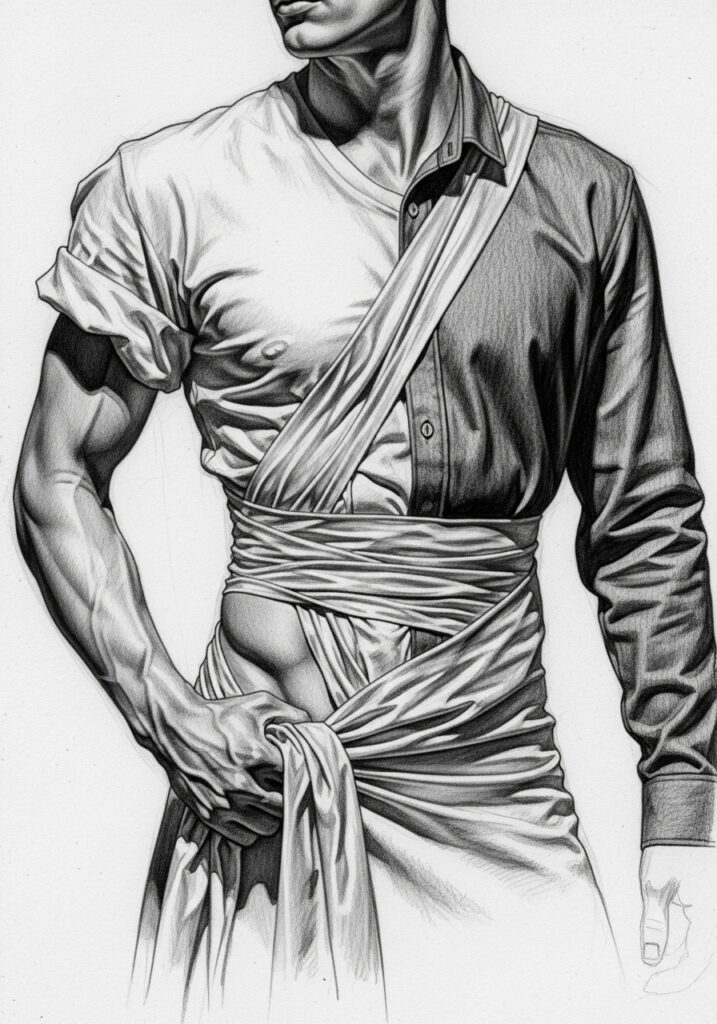
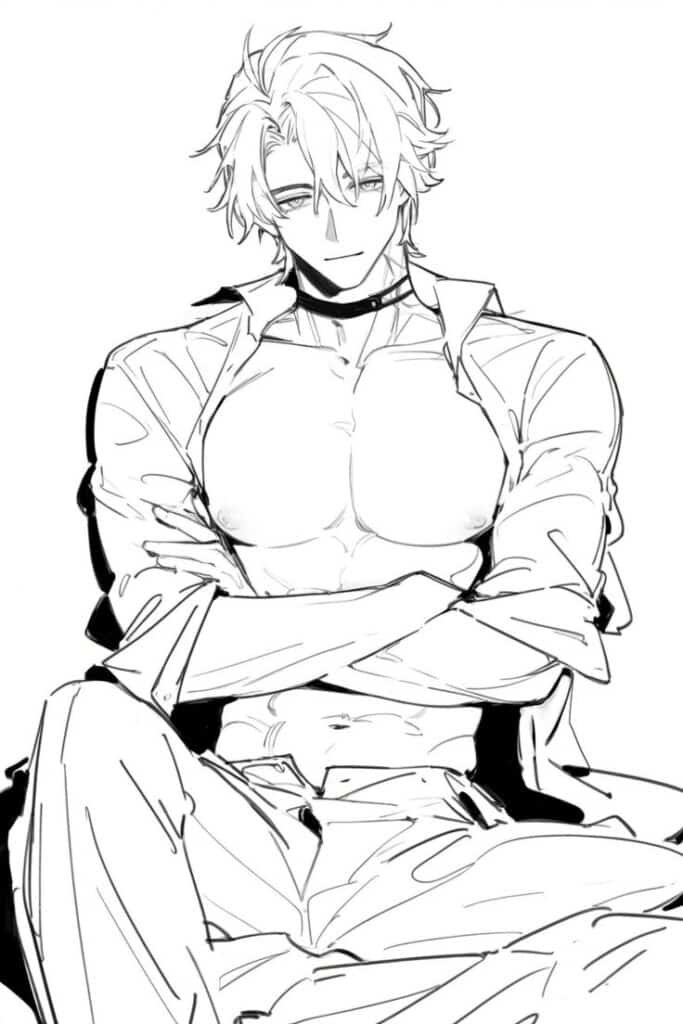
- Folds and Creases: Fabric drapes, stretches, and bunches in predictable ways.
- Tension folds: Appear where fabric is pulled taut (e.g., across a bent elbow or knee, or where a shirt is stretched over a broad shoulder).
- Compression folds: Occur where fabric bunches up (e.g., around the waist when sitting, or in the armpit when an arm is lowered).
- Gravity folds: Simply hang straight down, like the bottom of a loose shirt.
- Material Matters: A loose cotton t-shirt will drape differently than a thick denim jacket or a form-fitting tank top. Observe how different fabrics interact with the body’s forms.
- Suggest, Don’t Overdraw: You don’t need to draw every single wrinkle. Focus on the major fold lines that define the form underneath and add a sense of realism. Overdoing it can make the clothing look stiff or distracting.
Injecting Narrative into Your Art
A casual torso isn’t just a collection of muscles and bones; it’s part of a character. How does the torso contribute to the overall story or emotion you’re trying to convey?
- Posture and Emotion: A slumped torso can convey sadness or tiredness. A slight lean forward might suggest interest or anticipation. Crossed arms can imply defensiveness or contemplation.
- Interaction with Props: Is your character holding a phone? Leaning on a table? Carrying a backpack? How do these props affect the torso’s posture and the drape of clothing? These small details add authenticity.
- Negative Space: Pay attention to the shapes created around the torso and limbs. These negative spaces are just as important as the positive forms in defining the pose and creating a sense of balance and composition.
Common Pitfalls to Avoid
Even with great references, there are common traps artists fall into when drawing the male torso, especially in casual poses. Being aware of these can save you a lot of frustration.
The “Action Figure” Syndrome
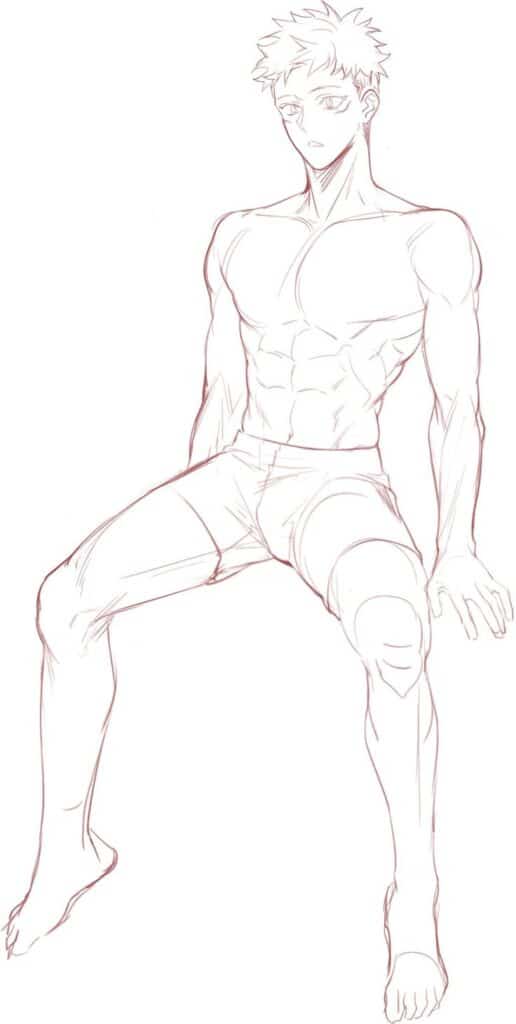
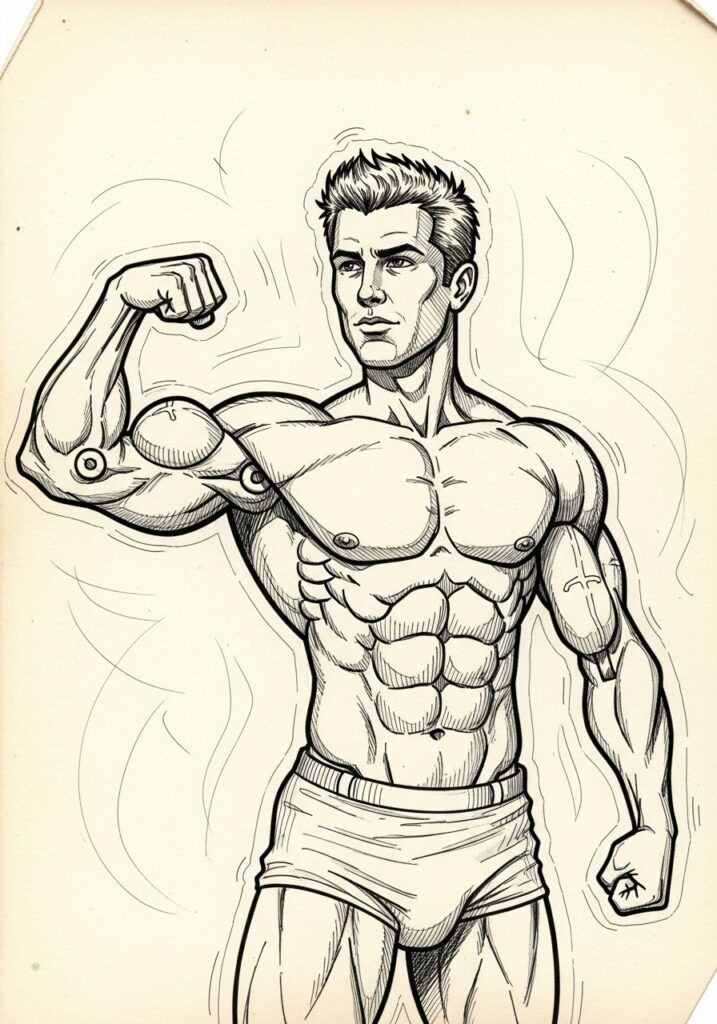
This is when you draw a body that looks like it’s made of rigid plastic, perfectly symmetrical, and always flexed.
- Stiffness: Avoid perfectly straight lines and symmetrical poses unless that’s your specific artistic choice. Real bodies have curves, subtle imbalances, and natural flows. Even when standing “at attention,” there’s usually a slight shift in weight.
- Over-Muscling or Under-Muscling: Don’t automatically make every male torso look like a bodybuilder. Vary body types. Some men are lean, some are broader, some carry more weight. And even muscular men aren’t always flexing. In a casual pose, muscles will appear softer and less defined.
- Ignoring Gravity: Gravity affects everything. A relaxed stomach will often have a softer curve than a tense one. Arms hanging loosely will follow a natural downward pull.
Overlooking the Context
A torso doesn’t exist in a vacuum. Its surroundings and purpose influence its appearance.
- Environment: Is the character indoors or outdoors? Sitting on a hard chair or a soft couch? Leaning against a rough brick wall or a smooth counter? These elements can influence how the body rests and how clothing wrinkles.
- Interaction: Is the character alone or interacting with someone else? This can influence their posture, as people subtly adjust their bodies in conversation or company.
- Clothing Details: Not paying attention to how collars sit, how sleeves bunch, or how belts interact with the waist can break the illusion of realism.
Symmetry Fallacy
Our bodies are not perfectly symmetrical. While we have two arms, two legs, etc., their positions and how they bear weight will almost always create asymmetry in the torso’s overall form. A slightly higher shoulder, a tilted hip, a subtle twist in the spine – these are what make a figure feel natural and alive. Actively look for and exaggerate these subtle asymmetries in your drawings.
Practical Exercises to Sharpen Your Skills
Theory and observation are great, but practice is where the real growth happens. Here are some exercises to help you master drawing the casual male torso. If you’re using digital tools, consider exploring resources like the best default Procreate brushes for painting to enhance your workflow.
Quick Sketches, Big Wins
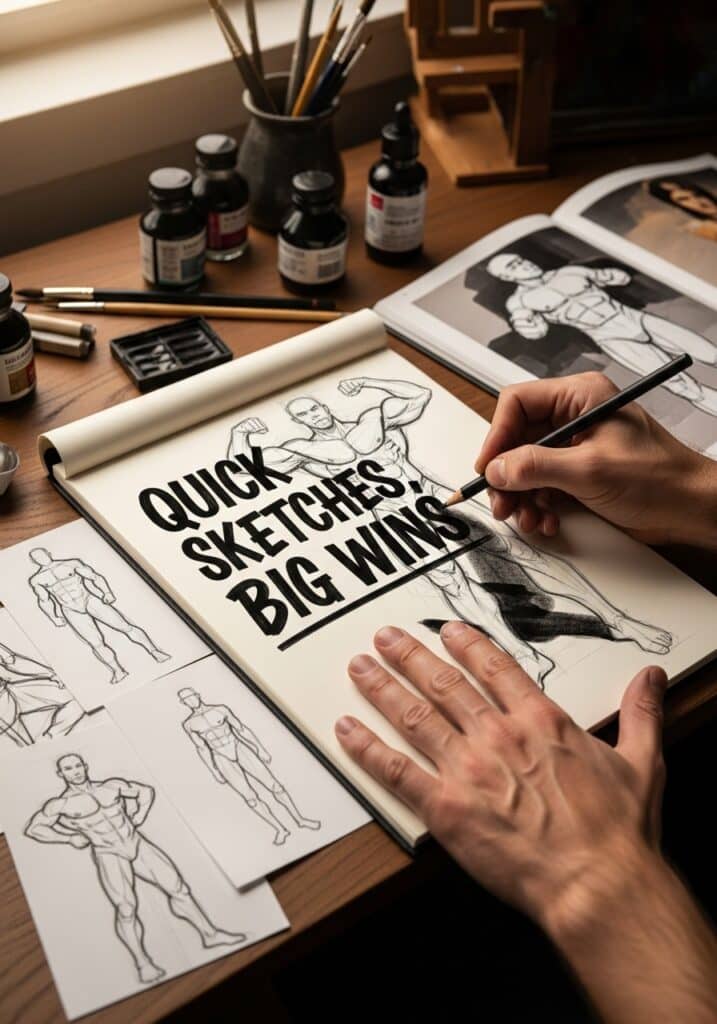
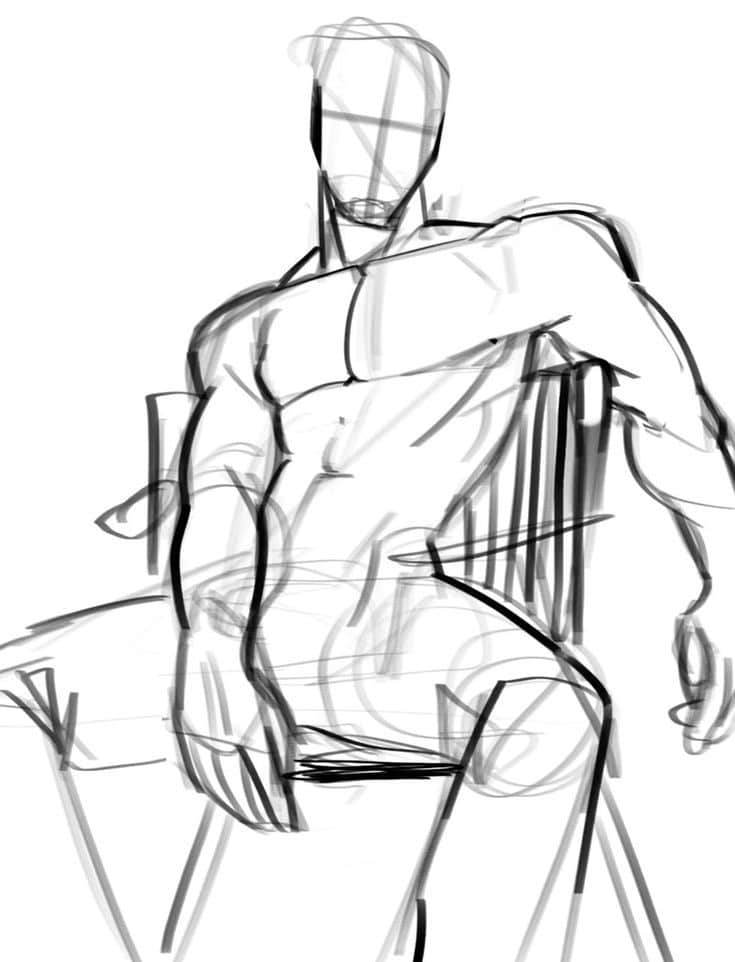
- Gesture Drawing (30 seconds to 2 minutes): This is your secret weapon. Don’t focus on details. Focus on the overall flow, action, and weight of the pose. Use a loose, continuous line. The goal is to capture the energy and movement. Use your photos, videos, or live observation for this. Do dozens of these daily.
- Blind Contour Drawing: Without looking at your paper, draw the outline of your reference, letting your eye slowly trace the forms. This helps you really see the contours and relationships of shapes without getting caught up in what you think you know.
- Mass and Form Studies: Instead of outlining, try to draw the torso purely using simple volumetric shapes (boxes for the rib cage and pelvis, cylinders for limbs). This reinforces your understanding of the 3D form.
Long-Form Studies: Diving Deep
- Timed Studies (10-30 minutes): Once you’ve got the gesture down, dedicate more time to a single pose. Focus on rendering the major muscle groups, how clothing drapes, and the subtleties of weight distribution. Don’t be afraid to redo a pose multiple times from the same reference to really understand it.
- Master Studies: Find a piece of art (painting, sculpture, illustration) that you admire for its portrayal of the casual male torso. Copy it, but try to understand why the artist made those choices. What did they emphasize? How did they simplify?
- Drawing from Memory: After observing or sketching a pose, try to draw it from memory. This helps solidify your understanding of anatomy and form, revealing areas where you need more practice or observation.
- Build a Reference Folder: As mentioned, actively collect and organize images and videos that inspire you. When you’re stuck, you’ll have a rich library to pull from. Don’t forget that organizing your art space can also significantly impact your efficiency and creative flow, making it easier to manage your growing collection of references.
Conclusion: Embrace the Everyday
Drawing the male torso in casual poses is a rewarding challenge that pushes you beyond rigid anatomy lessons into the realm of realistic, expressive figure drawing. It demands keen observation, an understanding of fundamental forms, and a willingness to see the beauty in everyday movements. By focusing on the subtle shifts in weight, the natural drape of clothing, and the quiet stories these poses tell, you’ll elevate your art from stiff mannequins to compelling characters.
Remember, the world around you is an endless wellspring of inspiration. People-watch, snap photos, pause videos, and sketch relentlessly. Don’t shy away from the imperfect, the relaxed, or the slightly awkward – these are the very elements that will make your male torsos feel alive and authentic. So grab your sketchbook, loosen up, and start observing. The casual male torso is waiting to be brought to life through your unique artistic vision!
- 386shares
- Facebook0
- Pinterest386
- Twitter0
